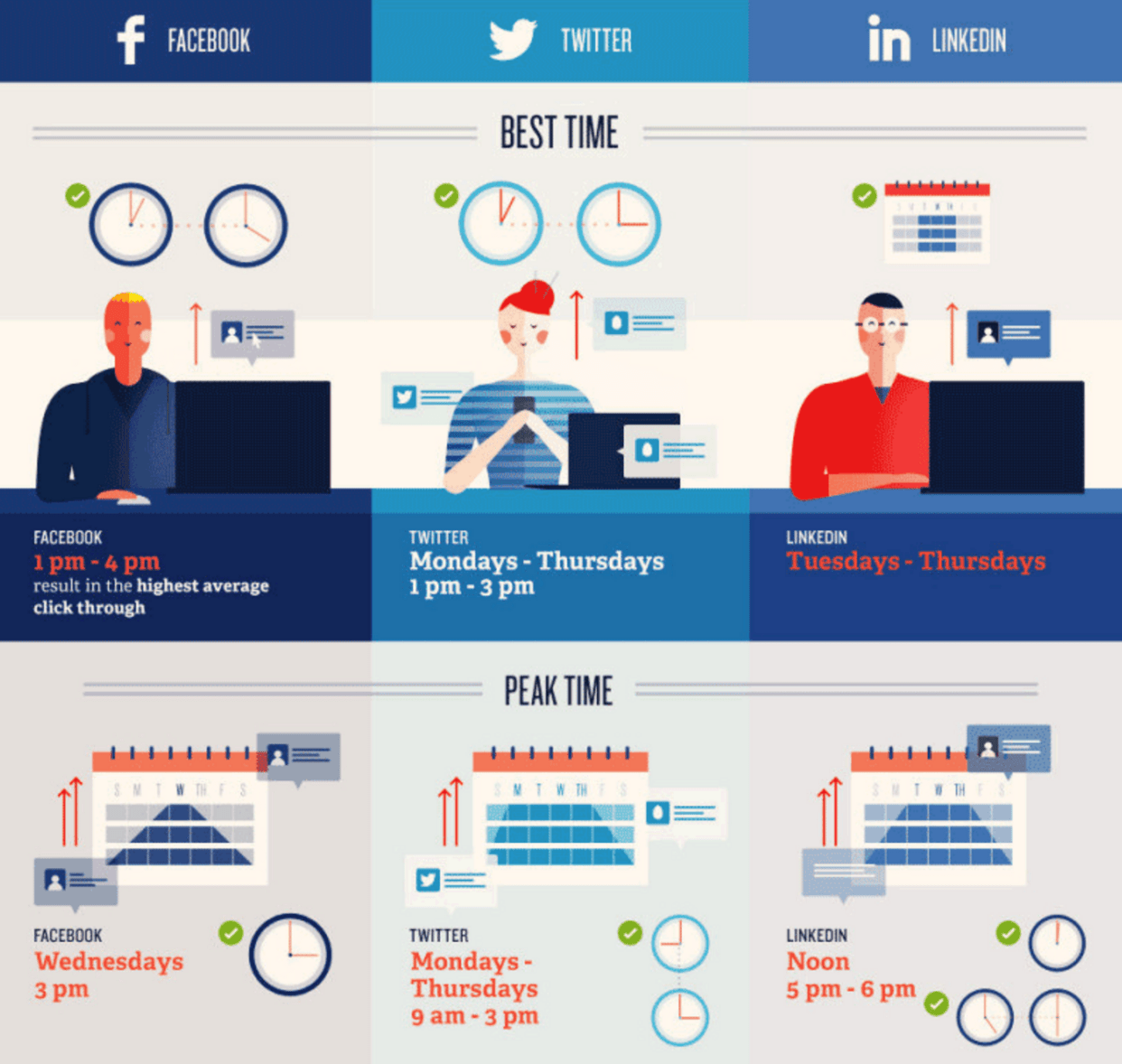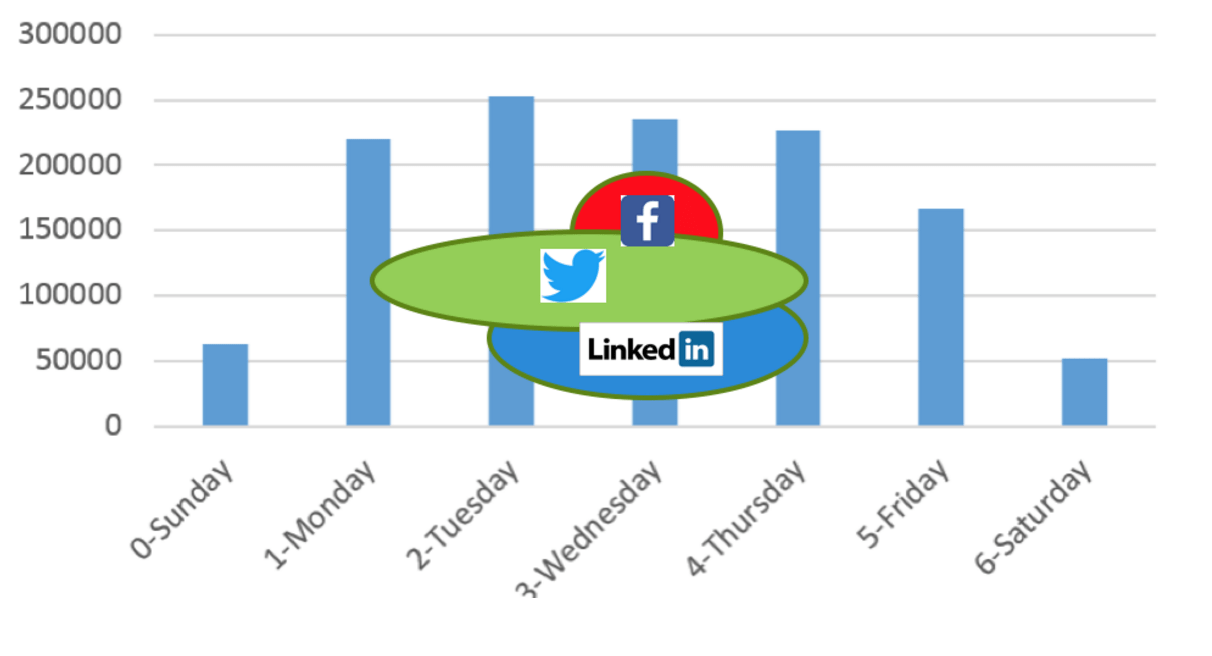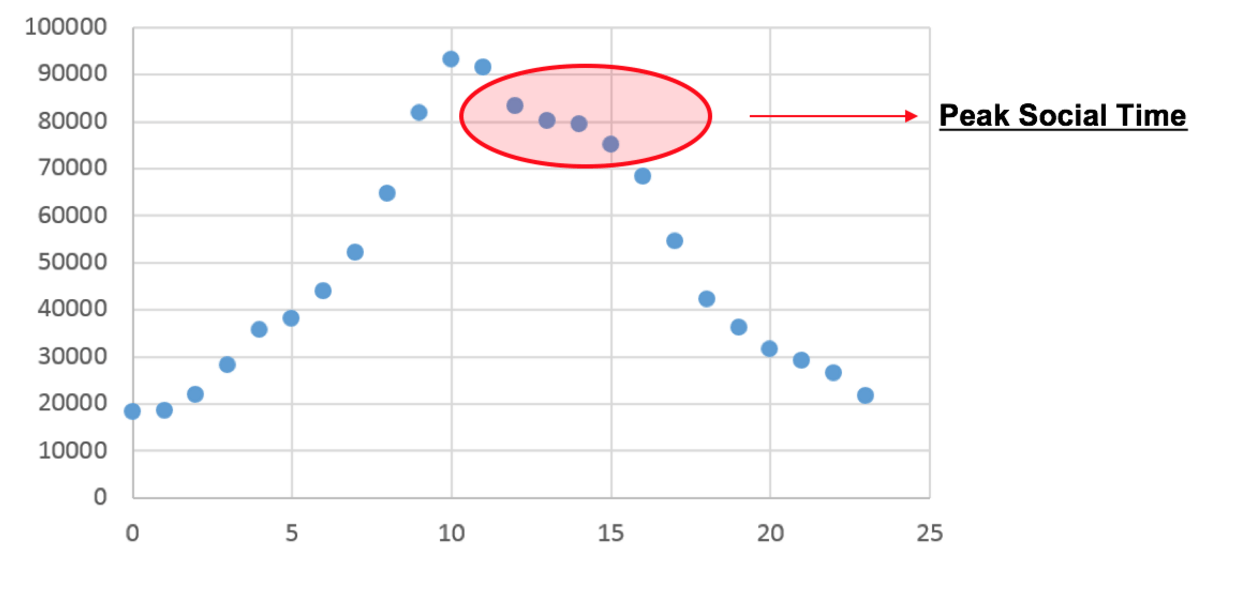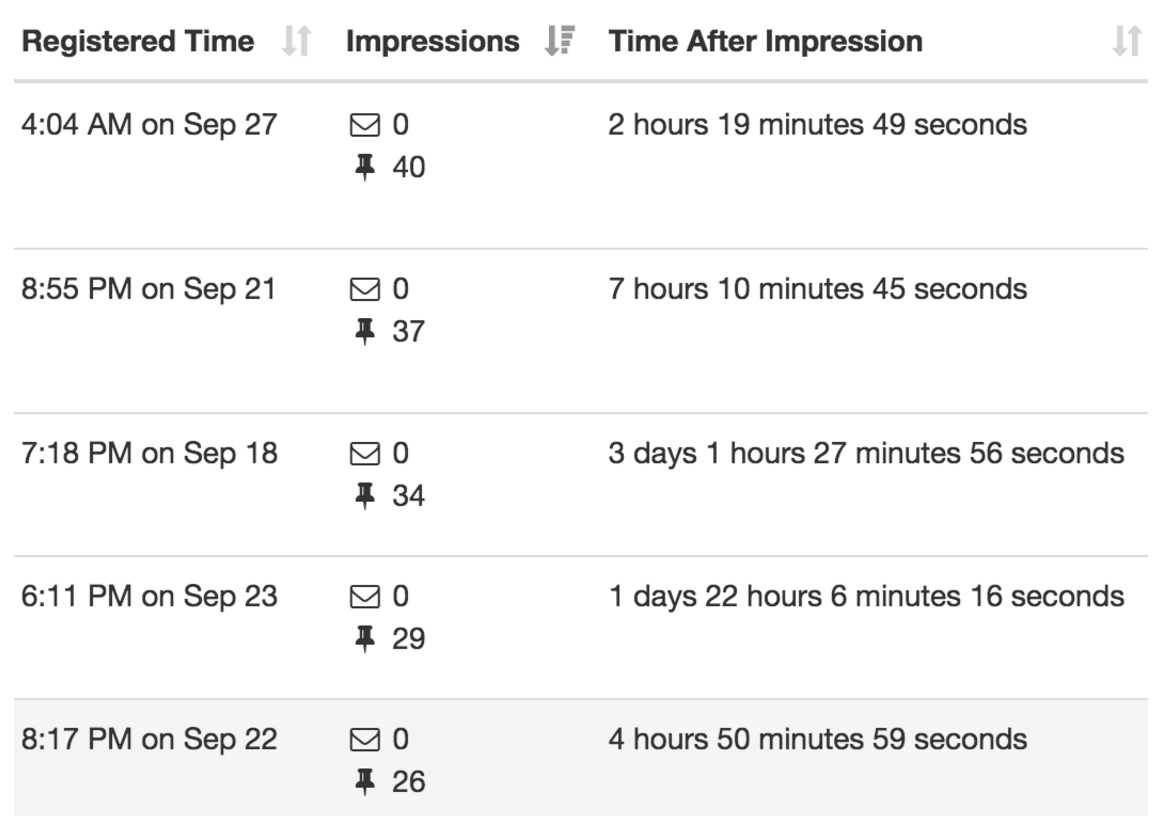We take a deep dive on posts and why they matter.
By Steve O’Keefe, COO, InGo on September 29, 2016
In light of the Wall Street Journal lead article on 09/24/16, “Doubts Rise on Digital Ads”, I thought I would write about a fascinating conversation I’ve been having with some of InGo’s power users on the same subject. These customers are sold on the power of word-of-mouth marketing. They knew experientially what is revealed in the WSJ article: sponsored, ad-driven, blast marketing are not as effective as advertised, and certainly dismal marketing platforms compared to word of mouth. People follow what their friends and colleagues say, but can we prove that what is said is read?
The heart of the WSJ article and the discussion between the InGo power users is this: how much on social media is actually seen? Whether the users are ignoring it (ads) or drinking it in (friend’s post), it’s got to be seen. Let’s look at the subject in three parts: window of opportunity, repetition, and results.
The Golden Window of Opportunity
InGo users posts and invite friends when they register for an event or read/watch a piece of interesting content. People are online mostly at the same time, therefore you need posting to happen during this period. In the infographic below, one can see the most popular usage time on three of the major social networks.

(Fast Company 9/24/2014)
Let’s compare this to peak event registration time…
Registration Volume By Day

Registration Volume By Hour

The registration time and the peak social online time overlap almost exactly. The odds are good that InGo’s posts are being seen.
Repetition Breeds Results
We all need a little nudge.
Let’s now look at what I think it is the most important factor: Overlapping networks. People who have shared interests whether personal or professional tend to be connected. In fact one definition of friendship might be: people who share common interests. How this plays out in the social world is overlapping networks. For example, an InGo user who registers for a Comic con, will likely be posting to an audience who, too, is interested in Comic cons. Same goes for professional events, architects tend to have a network rich in architects. This reality creates a scenario where each InGo user who posts or invites is repeating the message to community and individuals are seeing the same, organic content repeatedly.
Here’s an example from a photography event.

It’s clear from the posts how interconnected this community is.
Lucky Number Seven?
Post Results and Standard Deviation
Finally, let’s look at the effect this has on conversion. The best way I’ve found to measure this is the changes in the average time to registration after impression (Some people track clicks, but I think this is a false metric as it applies at best to only to the impulse buyer or the already convinced. It simply does not track actual behavior.) In the chart below, one can see how dramatically the time decreases the more a person is posted to. For you marketers out there, the magic number of seven touches is again the tipping point.
# of X posted to, STD DEV
0, 12.06676003
1, 21.02893835
2, 16.31741246
3, 12.11201382
4, 9.165750077
5, 7.634155447
6, 10.4608745
7, 3.882280899
8, 5.022938266
9, 4.233893409
10, 2.92148474
11, 3.726932225
12, 1.134795129
13, 1.578858464
14, 2.107882153
15, 5.022136111
16, 1.867478039
17, 1.81407789
18, 2.263927299
19, 0.743826601
20, 0.399140427
Every business’ customers are on social. The return on a social media campaign can be significant. But to ensure its success, it’s critical that your campaign execute on timing and getting the repetition of the same messages. We all need a nudge, it just seems we need to be nudged around seven times.

Thanks to all the InGo power users out there who provided data for this article. You are turning lectures into conversations all around the world.
Steve O’Keefe is a serial entrepreneur, and has been COO of InGo since 2014.


